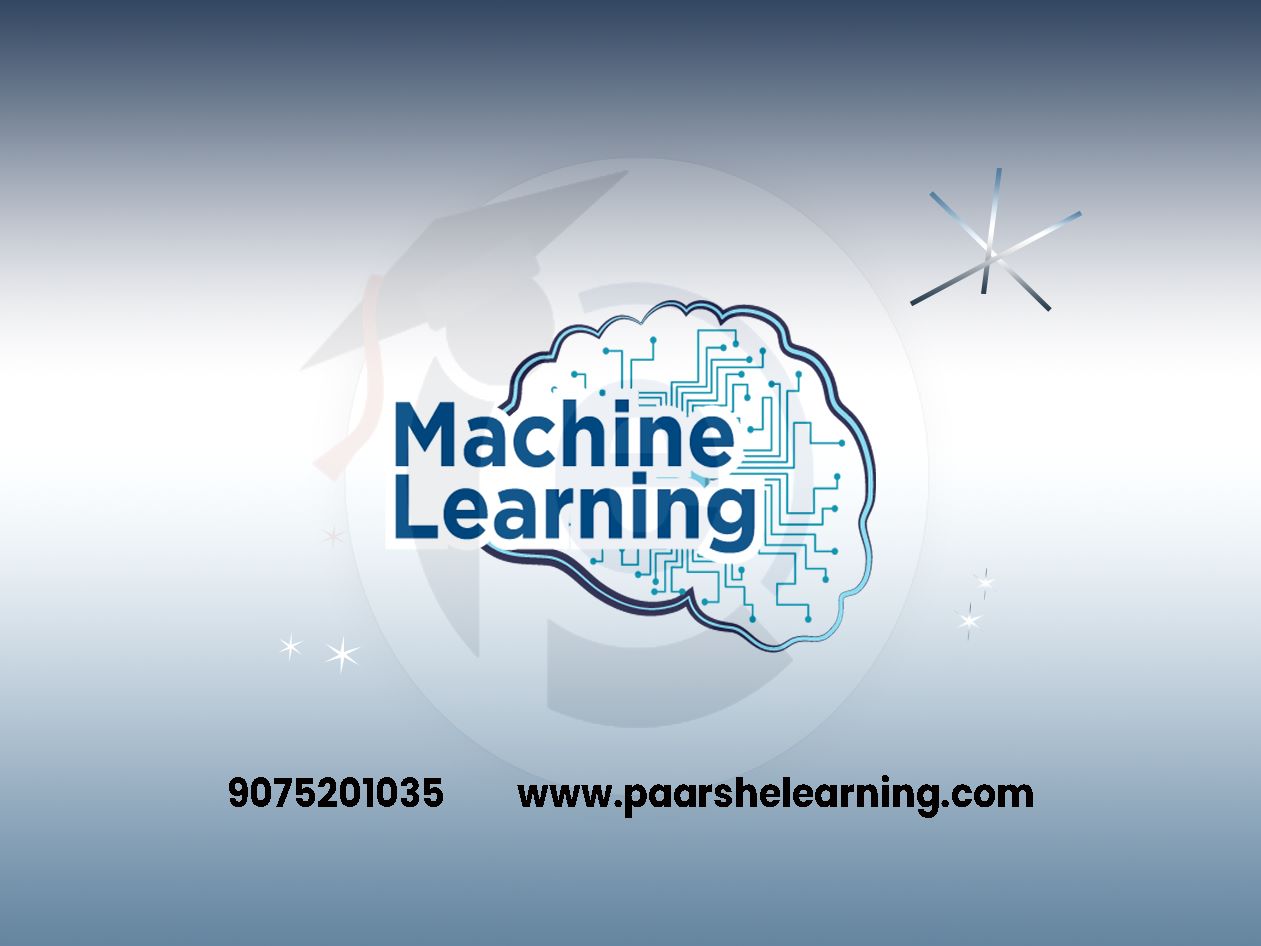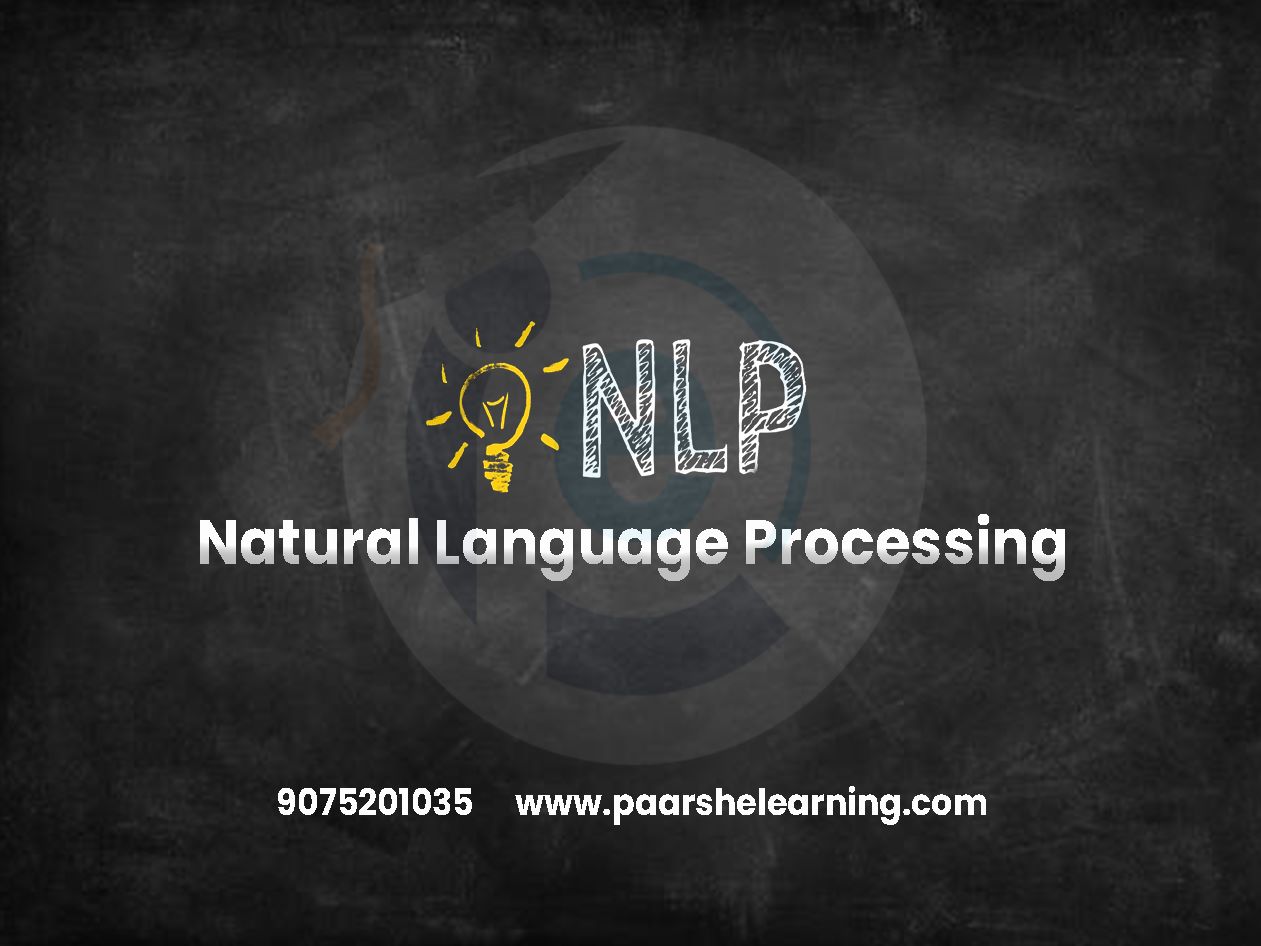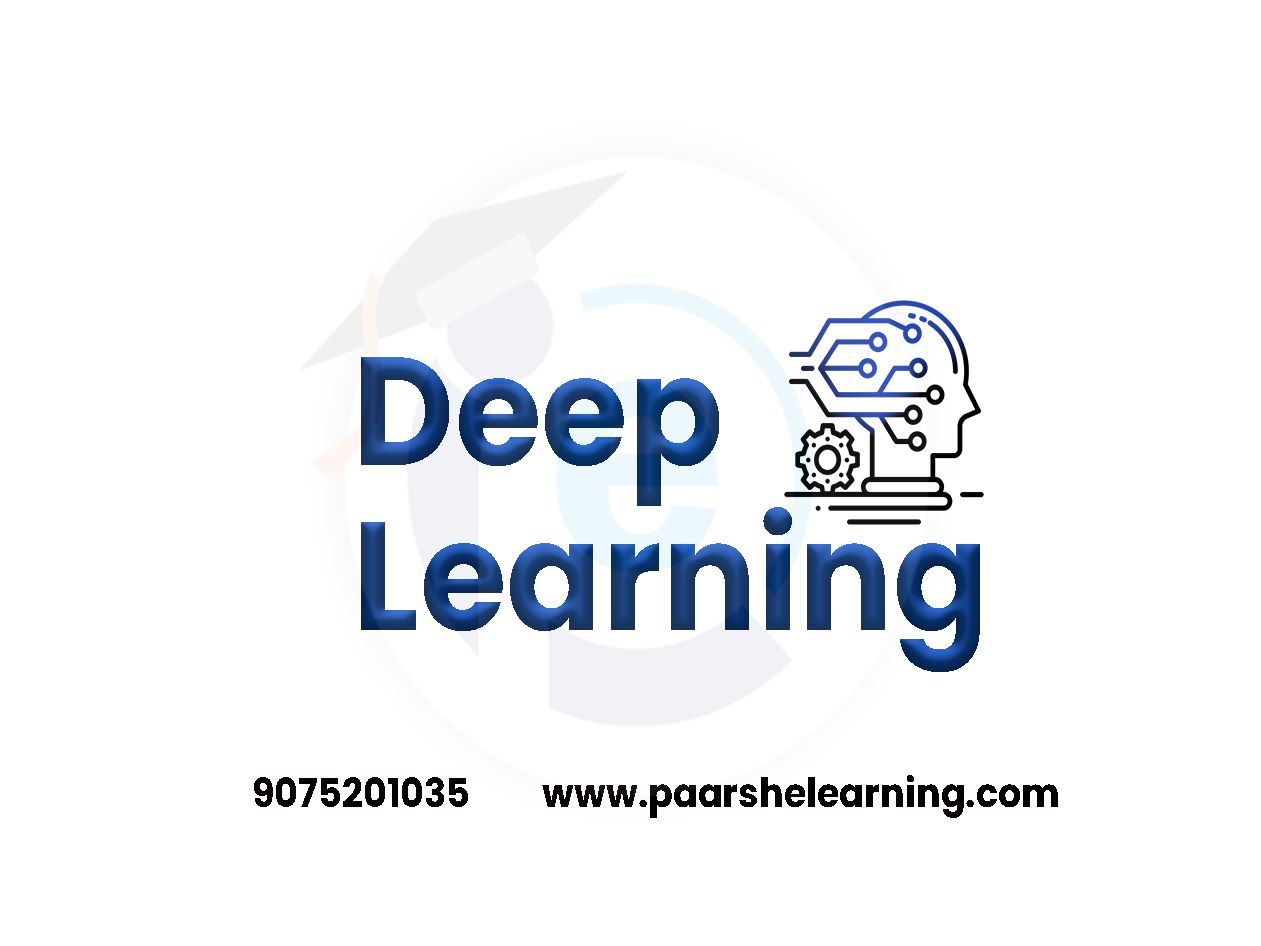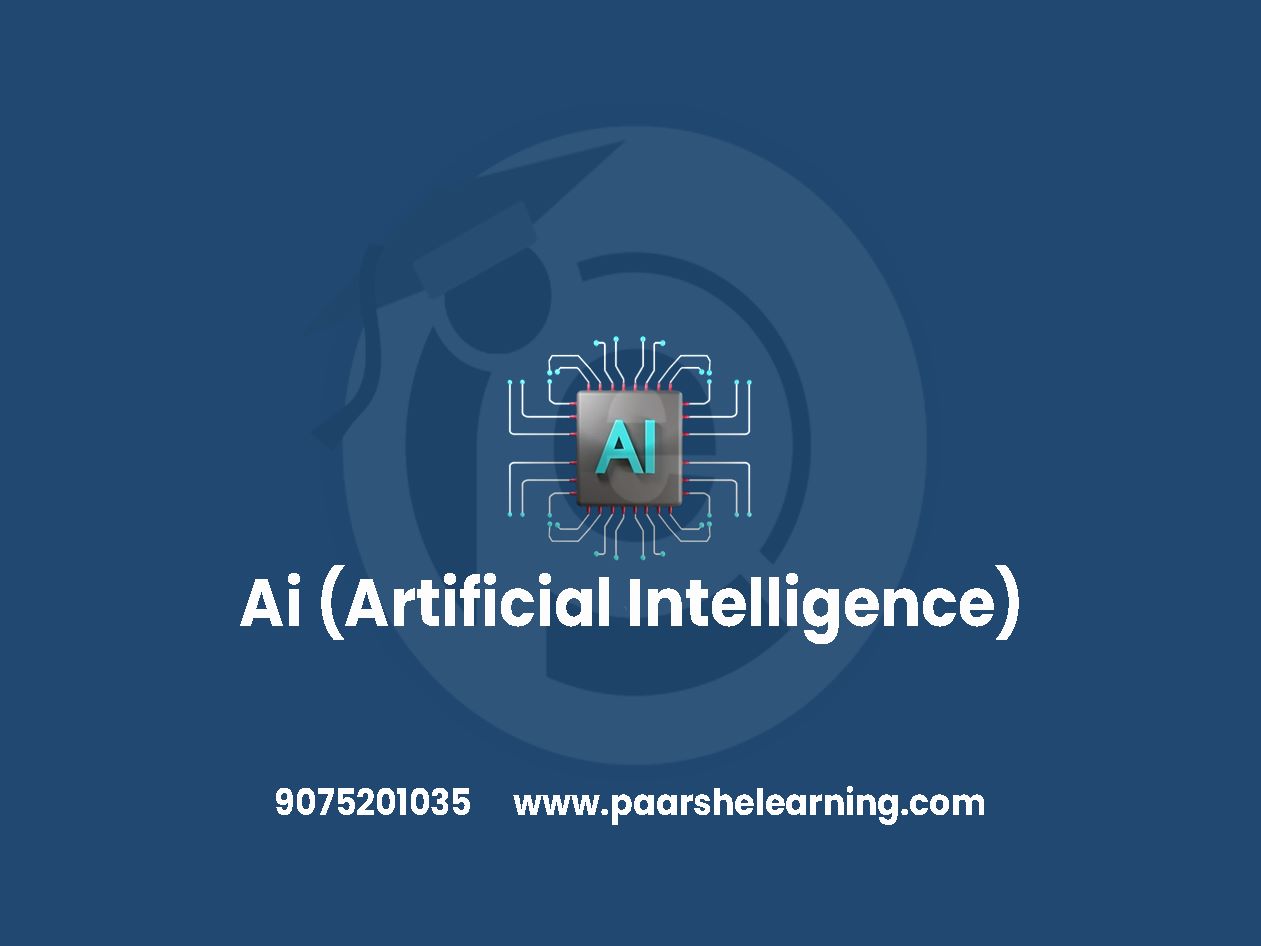- Use Python for Data Science and Machine Learning
- Implement Machine Learning Algorithms
- Learn to use Pandas for Data Analysis
- Use SciKit-Learn for Machine Learning Tasks
- Logistic Regression
- Random Forest and Decision Trees
- Neural Networks
- Use Spark for Big Data Analysis
- Learn to use NumPy for Numerical Data
- Natural Language Processing and Spam Filters
ML (Machine Learning)
Course description
Machine Learning (ML) is a subfield of artificial intelligence (AI) that focuses on the development of algorithms and models that enable computers to learn and make predictions or decisions without being explicitly programmed. ML algorithms learn from data, identify patterns, and make predictions or take actions based on the patterns they discover. ML techniques are used in various applications such as image recognition, natural language processing, recommendation systems, and predictive analytics.
Here are some key concepts and techniques in Machine Learning:
-
Supervised Learning: In supervised learning, the ML algorithm learns from a labeled dataset, where each data point has a corresponding target or label. The algorithm learns to map input features to their corresponding output labels and can make predictions on new, unseen data based on this learned mapping. Common supervised learning algorithms include linear regression, logistic regression, decision trees, random forests, and support vector machines.
-
Unsupervised Learning: Unsupervised learning involves learning from unlabeled data, where the ML algorithm aims to discover patterns or structures in the data without explicit target labels. Clustering algorithms, such as k-means clustering and hierarchical clustering, are used to group similar data points together. Dimensionality reduction techniques, like principal component analysis (PCA) and t-SNE, are used to reduce the number of features while preserving important information.
-
Reinforcement Learning: Reinforcement learning involves training an ML model to interact with an environment and learn optimal actions through trial and error. The model receives feedback in the form of rewards or penalties based on its actions, and it learns to maximize cumulative rewards over time. Reinforcement learning is commonly used in robotics, game-playing, and autonomous systems.
-
Deep Learning: Deep Learning is a subset of ML that focuses on artificial neural networks with multiple layers. Deep learning algorithms, called deep neural networks, are capable of learning hierarchical representations of data and performing complex tasks like image and speech recognition. Convolutional Neural Networks (CNNs) are commonly used for image analysis, while Recurrent Neural Networks (RNNs) are suitable for sequential data, such as text or speech.
-
Feature Engineering: Feature engineering involves selecting, transforming, and creating relevant features from raw data to improve the performance of ML algorithms. Feature engineering plays a crucial role in ML as the quality and relevance of features directly impact the algorithm's ability to learn and make accurate predictions.
-
Model Evaluation and Validation: Evaluating and validating ML models is essential to assess their performance and generalization ability. Common techniques include splitting the dataset into training and testing sets, cross-validation, and using evaluation metrics like accuracy, precision, recall, F1 score, and mean squared error, depending on the problem type.
-
Deployment and Model Management: Once a model is trained and evaluated, it can be deployed in production environments to make predictions on new data. Deployment involves considerations such as model serving, scalability, monitoring, and retraining to ensure the model's ongoing performance and accuracy.
There are various libraries and frameworks available for implementing machine learning models, such as sci-kit-learn, TensorFlow, PyTorch, and Keras. These libraries provide pre-built algorithms and tools for data preprocessing, model training, and evaluation.
What you will learn from this course?
This course includes!
- Daily Live session
- A recorded session with problem-solving material
- Access on Mobile and TV
- Certificate of completion
- Recommendation Letter
- 100% Job Placement
This course is for
- IT students
- Non-IT students
- This course is meant for people with at least some programming experience
- etc...
Prerequisites for this course
- Some programming experience etc...
Ml (machine Learning) Syllabus
-
Introduction To Machine Learning
Understanding the basics of machine learning and its applications Different types of machine learning: supervised, unsupervised, reinforcement learning Introduction to key concepts: features, labels, training, testing, evaluation Setting up the development environment with Python and required libraries
-
Data Preprocessing And Exploration
Data collection, cleaning, and preprocessing techniques Handling missing data, outliers, and noisy data Exploratory Data Analysis (EDA) and data visualization Feature selection and feature engineering
-
Supervised Learning Algorithms
Linear regression for predicting continuous values Logistic regression for binary classification k-Nearest Neighbors (k-NN) for classification and regression Model evaluation metrics: accuracy, precision, recall, F1-score, etc.
-
Decision Trees And Ensemble Methods
Understanding decision trees and their construction Random Forests for improved performance and reduced overfitting Gradient Boosting and AdaBoost for boosting ensemble models Hyperparameter tuning for optimizing ensemble algorithms
-
Unsupervised Learning Techniques
Clustering algorithms: k-Means, Hierarchical Clustering Dimensionality reduction techniques: Principal Component Analysis (PCA), t-SNE Anomaly detection methods and their applications
-
Neural Networks And Deep Learning
Introduction to artificial neural networks and their architecture Training neural networks using backpropagation and gradient descent Convolutional Neural Networks (CNNs) for image classification Recurrent Neural Networks (RNNs) for sequence data and NLP
-
Natural Language Processing (nlp)
Text preprocessing techniques: tokenization, stemming, lemmatization Building text classification models using bag-of-words and TF-IDF Introduction to word embeddings: Word2Vec, GloVe Sentiment analysis and text generation with RNNs
-
Final Projects And Advanced Topics
Students work on individual or group machine learning projects Instructor guidance and feedback during project development Polishing and refining projects Final project presentations and evaluations



